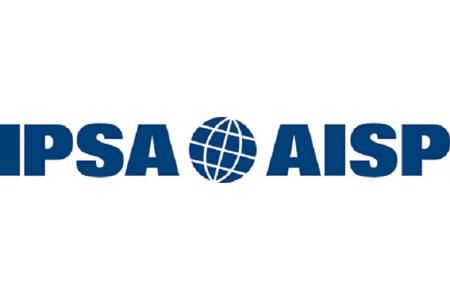|
1. The AI Risk Repository documents over 700 potential risks posed by advanced AI systems. It is the most comprehensive source of information on previously identified issues that could arise from the development and use of these models. The most common risks involve the safety and robustness of AI systems (76%), unfair bias and discrimination (63%), and compromised privacy (61%). The risk of creating AI with the ability to feel pain would constitute a more uncommon risk. The database shows that most AI risks are only identified after a model has been made available to the public. Only 10% of the risks studied were identified before deployment (Research Institutes on the IPSAPortal).
2. Artificial intelligence is also exerting a significant impact in several areas of scholarly publishing, including the transformation of author services. Last year, Springer launched AI tools to assist authors, for example with translation and authorship experiments. At the same time, it is working on AI tools to prevent the fraudulent use of generative AI in authorship. On a different but closely related front (indexing, relevance of publishers in ranking texts and researchers, etc.), publishers have begun to systematically sell content to generative AI companies (Microsoft Copilot in the lead), notably Routledge (after and in conjunction with its acquisition by Taylor&Francis) (Articles and Books on the IPSAPortal).
3. On the university teaching front, a study conducted with more than 350 Harvard students confirms the widespread use of generative AI (more than 80%). It is used extensively as a substitute for Wikipedia, Google, etc. for answering information questions, and as a support in assignments, during both the preparation and editing stages. It is experienced as an extended use of what is already considered a daily consumption tool and an extension of one's own capabilities. With respect to study, its use appears critical, with a primary focus on specific actions related to technical skills, such as programming and data analysis, and guidance in curriculum construction. The greatest concern associated with the use of these new tools relates to the increased potential for competition between students of different origins and backgrounds (Institutions on the IPSAPortal).
|

